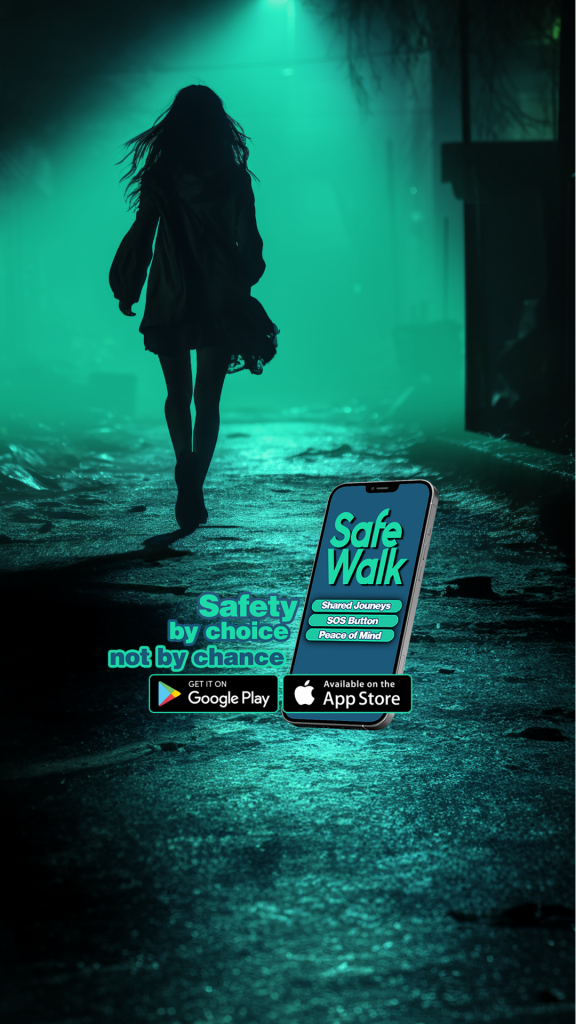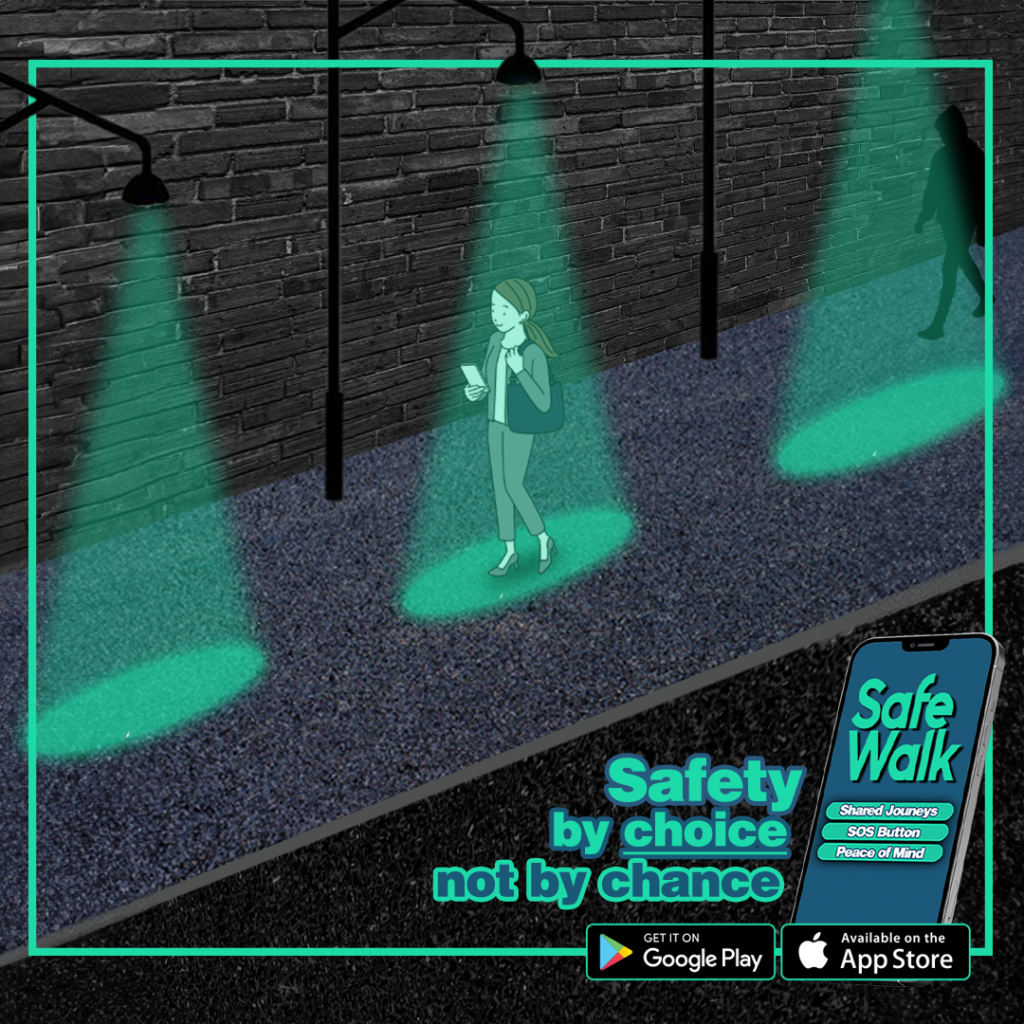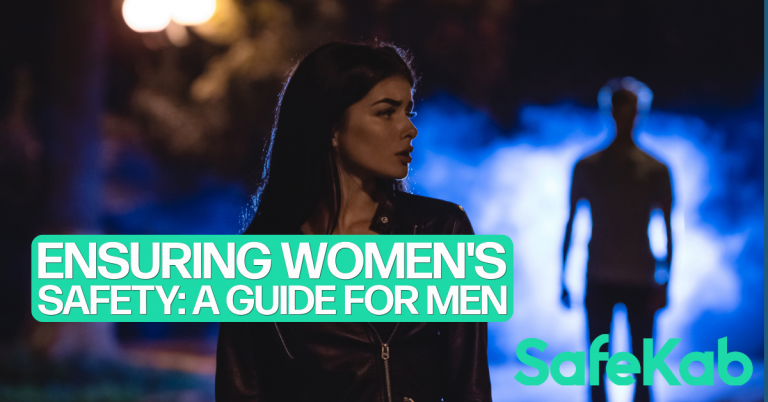In recent years, the conversation around women’s safety in public spaces has intensified, shedding light on the everyday realities women face. While the dialogue has been predominantly online, the issue is deeply rooted in societal behaviour and attitudes. This comprehensive guide aims to delve into practical ways men can contribute to a safer environment for women, emphasising empathy, understanding, and actionable advice.
Understanding Women’s Safety Concerns
For many women, navigating public spaces is fraught with considerations for personal safety. These concerns aren’t unfounded but stem from real experiences and the unfortunate prevalence of gender-based violence. Recognising this is the first step toward meaningful change. It’s not about viewing all men as potential threats but understanding why women might be wary.

Practical Tips for Men to Make Women Feel Safer
Respect Personal Space and Boundaries
One of the simplest yet most impactful actions men can take to is being mindful of personal space. Whether walking behind a woman at night or navigating crowded areas, maintaining a respectful distance can alleviate unease. If passing by is necessary, doing so with a wide berth or crossing the street can demonstrate awareness and consideration.
Visibility and Non-Verbal Cues
Ensuring visibility and using non-verbal cues can also make a significant difference. For instance, if jogging past someone, a verbal indication like “On your left” can prevent startling them. Similarly, choosing to walk in front where visible, rather than behind, can help reduce anxiety around women’s safety.
Physical Contact: A Definite No
Avoiding unnecessary physical contact is crucial. What might seem like a harmless gesture to some can be perceived as invasive. Respecting personal boundaries goes a long way in signalling respect and understanding towards women’s need for safety.
Support and Escort
Offering to accompany female friends or colleagues in potentially unsafe situations should be done with sensitivity. It’s a gesture of support, not an implication of weakness or an opportunity for flirtation. This act can deter potential harassers and provide a sense of security.

Intervene in Respectful Manners
Witnessing harassment or inappropriate behaviour towards women calls for intervention. A simple statement like “That’s not okay” can disrupt the harasser’s actions. However, it’s essential to approach the situation with care, ensuring that your intervention is helpful rather than overwhelming for both your and women’s safety.
Educate and Advocate
Perhaps one of the most profound ways men can contribute is through education and advocacy. This involves challenging sexist remarks and behaviours in social circles, and fostering a culture of respect and equality. By setting an example and mentoring younger generations, men can play a pivotal role in changing societal norms.
The Role of Communication
Open communication about these issues is key. Listening to women’s experiences without defensiveness or dismissal allows for a deeper understanding of their challenges. This dialogue is essential for fostering empathy and driving change.
Use SafeWalk If You’re Walking Alone:
SafeWalk allows you to share your walk home with a loved one so they can keep an eye on your journey every step of the way. We have also developed a ‘panic button’ that stays on your phone screen, so should you feel threatened you can press the button and notify both the local SafeKab office and a loved one that you need help. With our FREE SafeWalk function, you need never walk home alone ever again!
SafeWalk is completely free to use for anyone who downloads the app! It’s a fantastic tool for students, schools, families, lone women, and anyone who might feel vulnerable while travelling alone. Download the app now



